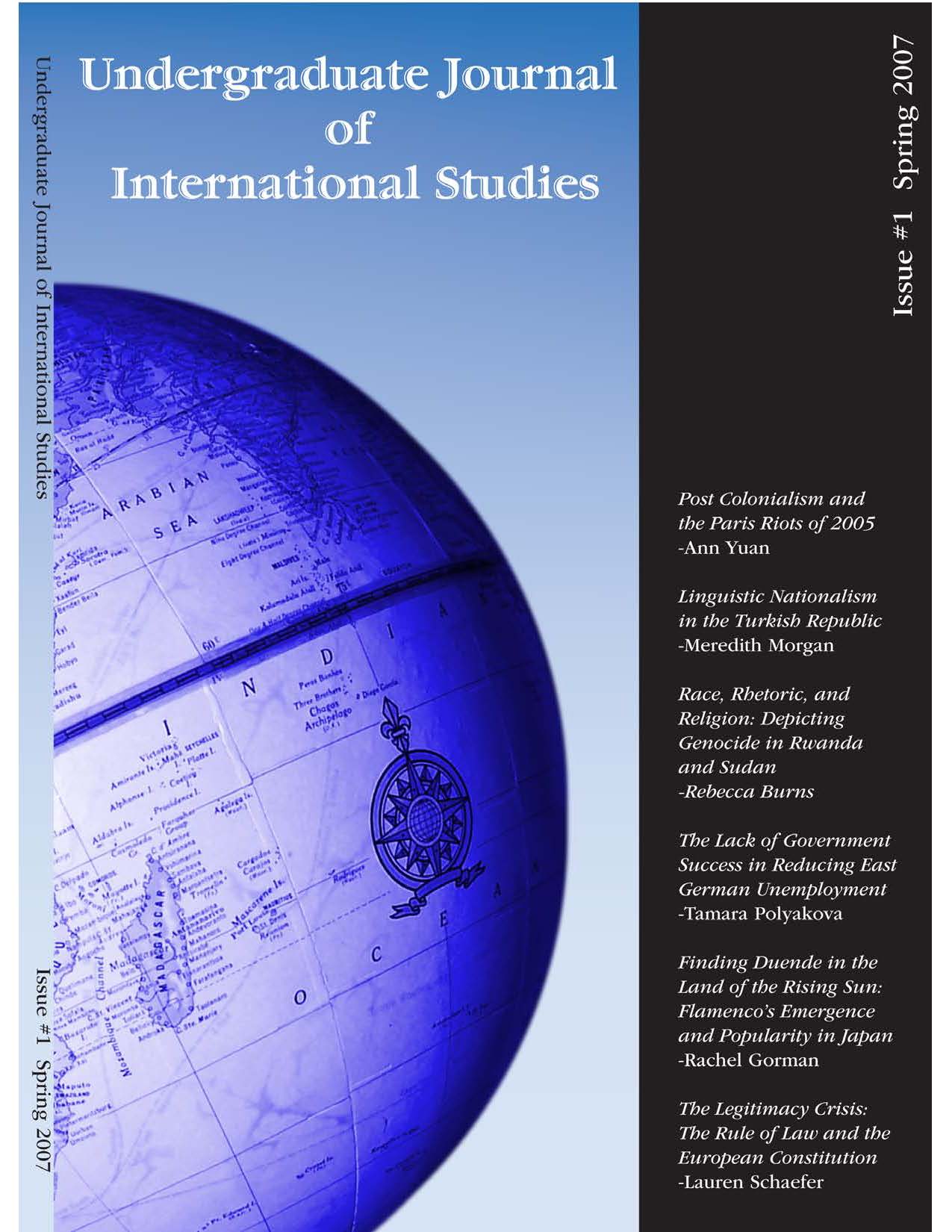Finding Duende in the Land of the Rising Sun Flamenco’s Emergence and Popularity in Japan
Main Article Content
Abstract
Flamenco’s popularity in Japan might be surprising on a number of fronts due to the fact that Japan is both geographically and culturally distant from Spain. However, Japan has the largest flamenco following outside of Spain. This art form, born in Andalusia, a region of southern Spain, is charged with emotion and stresses the expression of individuality. While many of its characteristics do not seem typically Japanese, it has gained widespread appeal in Japan for various reasons. Some of these reasons imply that interest spurs from a sort of “stranger fetishism” where Japanese people are interested in “consuming” the cultural and exotic “other.” I will argue, however, that Japanese interest in flamenco is more dynamic than that - it involves the success, even within Spain, of Japanese dancers, the emergence of flamenco studios within Japan, and most importantly, the fusion of Japanese and Spanish art forms. This fusion creates another new art form rather than merely absorbing flamenco into a foreign culture. This paper will use flamenco in Japan as one case study of what happens to an art form when it crosses national boundaries - by encountering the international, it can become national. Then, as in the case of flamenco, the art form can undergo a dynamic transformation in Japan, which in turn reconfigures its existence in Spain.
